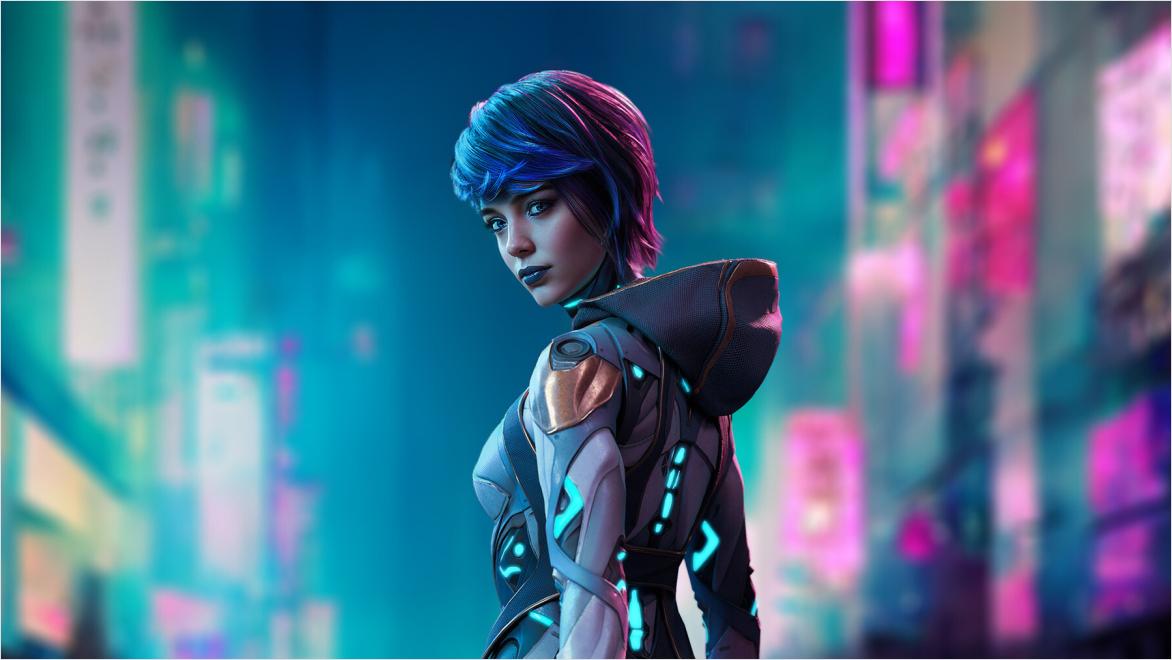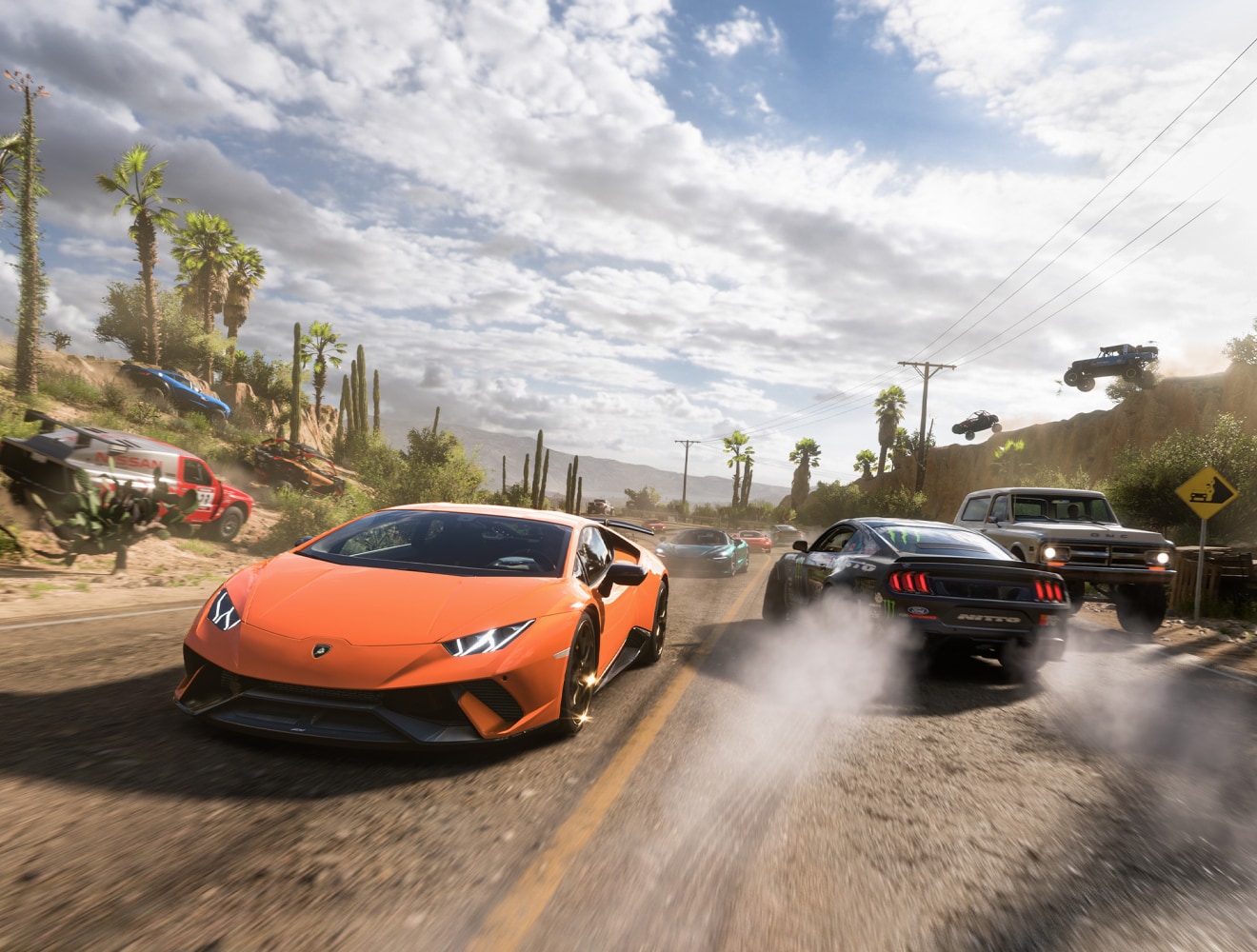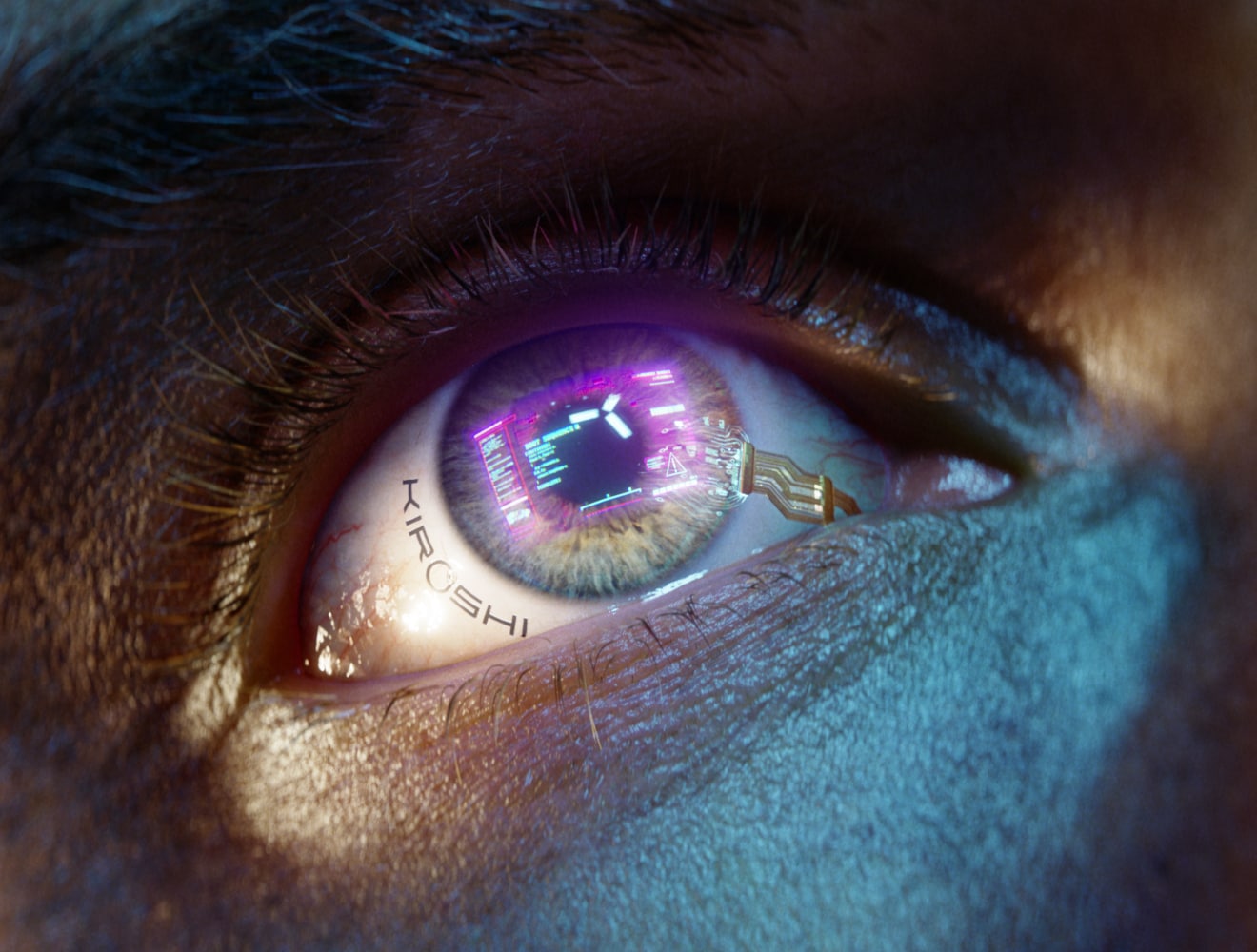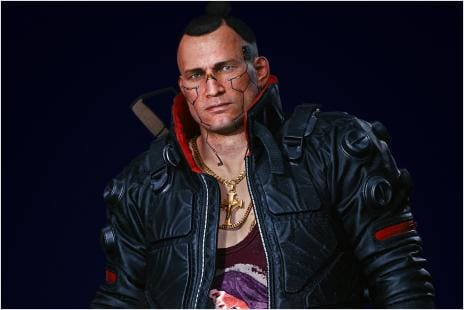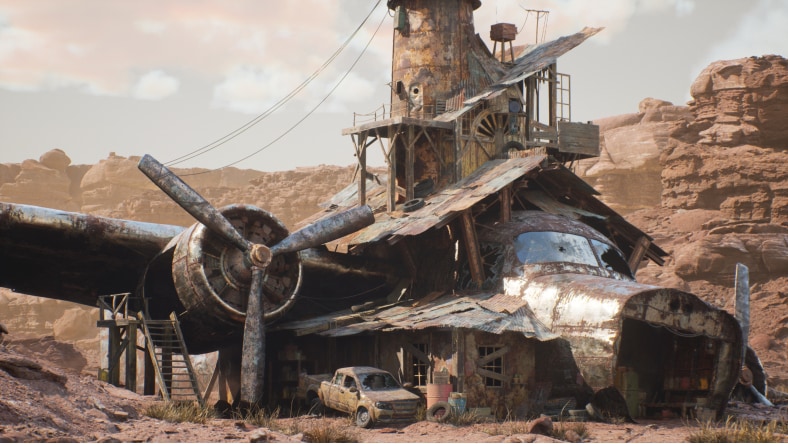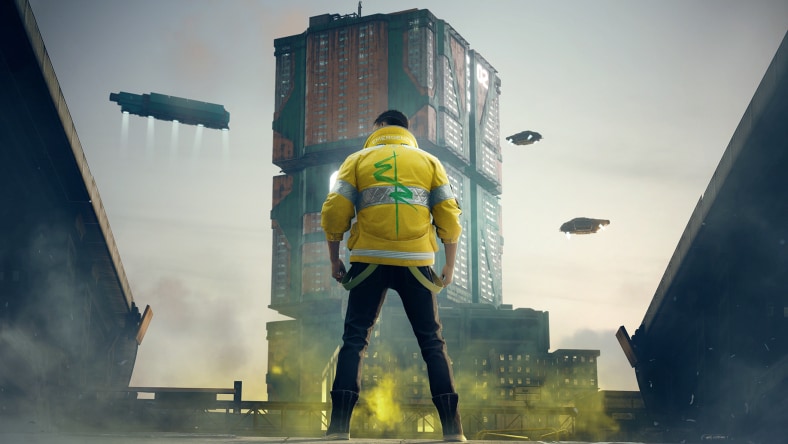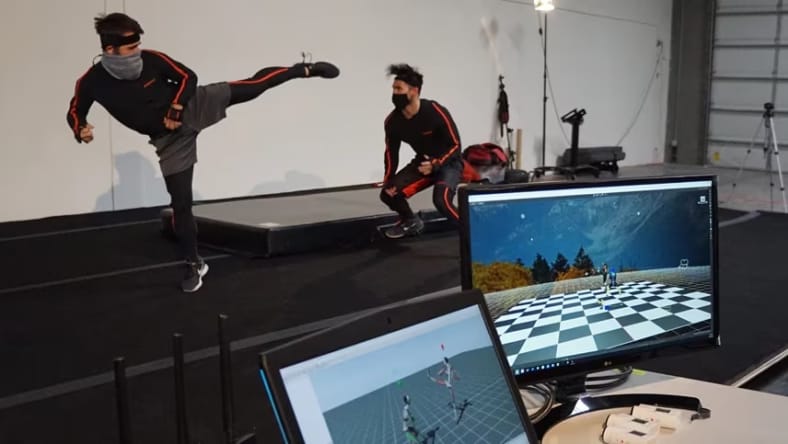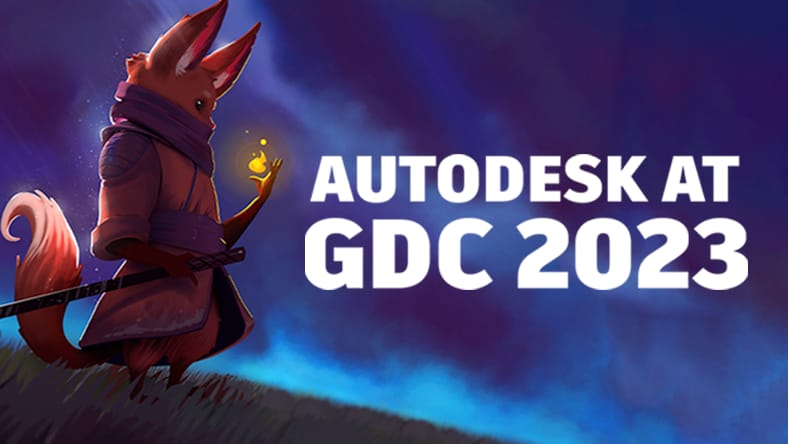& Construction

Integrated BIM tools, including Revit, AutoCAD, and Civil 3D
& Manufacturing

Professional CAD/CAM tools built on Inventor and AutoCAD
Image courtesy of The Unioverse and Swame Studio
Our game development software has empowered game makers for decades, enabling the creation of immersive, high-quality worlds and characters. Now it’s your turn.
Whether you’re building the streets of Manhattan for console, or an endless multiverse for mobile, Autodesk’s Design and Make platform will help you transport your players to extraordinary realms.
Keep players satisfied with immersive gameplay experiences that raise the visual bar. Our game development software is production-proven and designed to handle large data sets. Our tools are used industry-wide by artists in professional games studios and attract top talent with dedicated onboarding, training, and community resources.
Discover how Playground Games produced scalable content for Xbox and PC for "Forza Horizon 5."
Image courtesy of Playground Games
Deliver top-quality results with powerful and versatile tools for worldbuilding, asset creation, and animation. 3ds Max's robust modeling toolset empowers artists to create immersive environments and worlds. Maya's rigging and animation capabilities give you full creative control to achieve hyper-realistic character and facial animations.
Find out how CD PROJEKT RED creates its blockbuster games assets for "Cyberpunk 2077."
Image courtesy of CD PROJEKT RED
With integrated OpenUSD workflows, users can quickly load files and collaborate seamlessly across Autodesk and third-party solutions. Maya's highly customizable animation toolset can be extended and scripted to match the specific pipeline requirements of your game, boosting productivity and efficiency.
PlatinumGames Inc. reveals how they optimized their workflows with the help of Bifrost.
Image courtesy of Epic Games
—Maciej Pietras, Lead Cinematic Animator at CD PROJEKT RED
Image courtesy of Alexis Reyes Rodriguez (Video: 47:18 min.)
Get a behind-the-scenes look at how Autodesk and Epic Games have joined forces to speed up creative iteration. With Unreal Live Link for Maya, you can stream animation data from Maya to Unreal Engine in real-time, allowing you to work on character assets in Maya and see previews of your work immediately in engine.
Image courtesy of Tim Burroughs. (Video: 4:58 min. Fill out the form below to watch the full video)
You’ve heard of USD, but is this open-source technology suitable for games? In this panel discussion featuring Eidos Montreal and NetEase Games, gain insight into the challenges USD can solve for game studios, how they're experimenting with USD, and how they see it evolving in the future.
Image courtesy of Tim Burroughs
Create elaborate environments and worlds to fully immerse your players.
Image courtesy of Daniel Cormino
Get game assets dancing, crouching, or any moves you can dream up.
Image courtesy of Axis Studios
Create sophisticated rigs and dynamic performances for your game assets.
Image courtesy of Spiders
Create memorable game assets, from barrels to gorillas.
Image courtesy of CD PROJEKT RED
Capture motions of actors or objects and translate it into digital data.
Build massive worlds with best-in-class 3D environment modeling software.
Image courtesy of Rashed Abdullah
Get exclusive learning content, industry insights, and behind-the-scenes access to a world of realistic 3D characters, exceptional effects, and expansive worlds.
Image courtesy of Roger Castro
Just beginning your journey in game development? Not sure where to start? Read this comprehensive guide on taking your first steps in game development.
Image courtesy of Darko Mitev
Watch presentations from top game studios on next-gen tools that accelerate your creative workflow from the Game Developers Conference sessions playlist.
Image courtesy of Rishi Pavan, concept by Patrycja Wójcik
Meet with an Autodesk expert today to start making your next best-selling game.
Image courtesy of Daniil Smoliakov and Meri Pie
Game developers use a variety of software depending on their needs. Commonly used software includes modeling and animation software like Autodesk 3ds Max and Maya, game engines like Unity and Unreal Engine, design tools like Photoshop and Illustrator, programming languages like C++ and JavaScript, and audio editing software like Pro Tools and Audacity.
The time it takes to develop a video game can vary depending on the scope and complexity of the project. Small indie games can be developed in a matter of months, while large AAA titles can take several years to complete.
The tools needed to create a video game can vary depending on the platform and the specific requirements of the game. Some common tools include game engines, programming languages, graphic design software, audio editing software, and 3D modeling and animation software.
The key stages of video game development typically include concept development, pre-production, production, testing, and release. During concept development, the game idea is brainstormed and refined. In pre-production, the game design is planned, and assets are created. Production involves programming, art creation, and sound design. Testing is done to find and fix bugs, and finally, the game is released to the public.
3D modeling and animation are crucial in game design software as they bring the game world and characters to life. They enhance the visual appeal and immersion of the game, allowing players to interact with realistic and engaging environments. 3D modeling and animation are used to create characters, objects, and environments, and to add movement and visual effects to the game. They play a vital role in creating a captivating and immersive gameplay experience.
C++ is a powerful and efficient language for game development. It is commonly used in game engines like Unreal Engine and is preferred for performance-critical game systems. C# is also widely used, especially with the Unity engine. It’s versatile and beginner-friendly, making it an excellent choice for game development.
Game design involves conceptualizing and planning the game, which includes crafting its story, level design, rules, and mechanics. Game development is the process of transforming the game design into a tangible experience by creating game assets, programming, testing, and implementing game systems.
